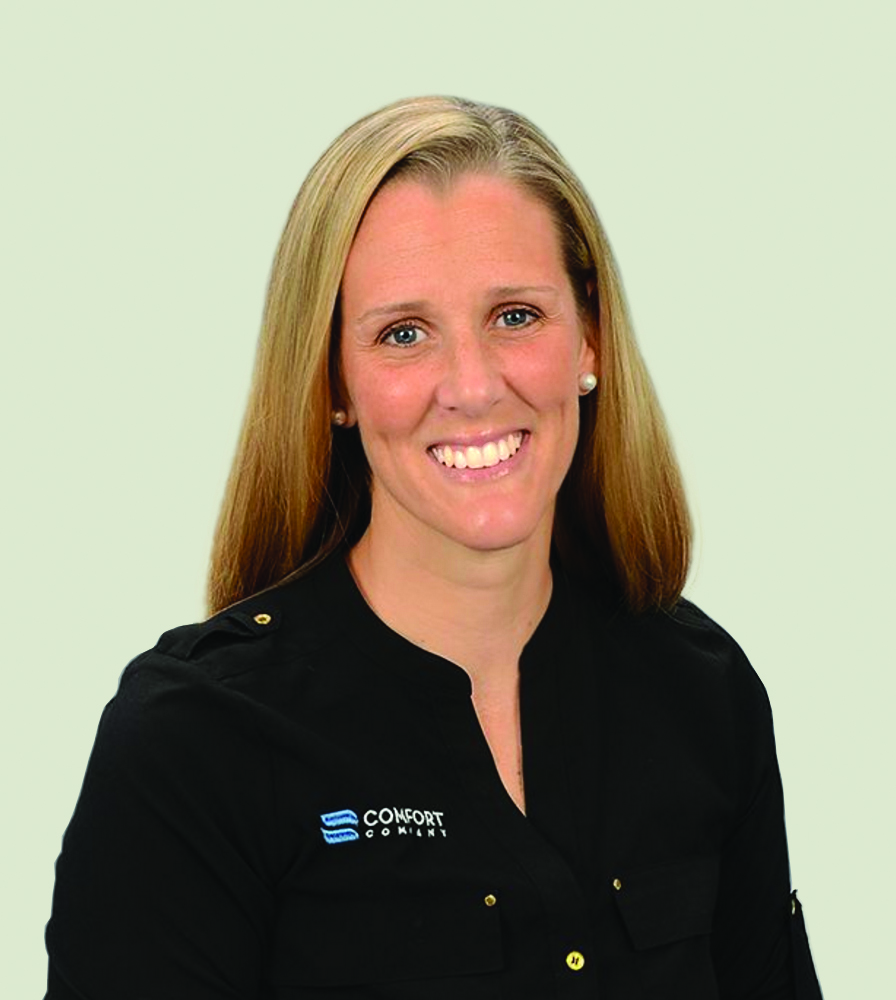
Infection control is a top priority while facing the COVID-19 virus. With strict cleaning and disinfecting protocols set in place, facilities’ staff are fearful and wondering, “Am I using the appropriate methods and products?”
One area causing increased anxiety is mattresses. Why would a mattress, a place of rest and comfort, be concerning? Serious issues related to mattresses include:
- If residents become ill, how can their skin be protected from breakdown since they are spending more hours in bed?
- How can the amount of contaminated linen leaving the room of an ill resident be reduced to decrease the risk of cross-contamination?
- How can we reduce the risk of contaminating the mattress?
These are all valid concerns and could end up costing facilities a significant amount of money and time to deal with.
Many hospitals and nursing homes use porous mattresses that may inadvertently allow the virus to enter the medium and contaminate them. Once contaminated, a porous surface cannot be cleaned as well as a non-porous surface. The Centers for Disease Control & Prevention is stating that laundering soft porous surfaces, such as linens, is the method to clean and disinfect. However, a large foam mattress cannot be laundered, and soft porous mattresses are therefore deemed contaminated and cannot be reused. As a result, many organizations find themselves with a mattress shortage due to throwing away thousands of contaminated foam mattresses.
The good news is that solutions don’t need to be expensive; they just need to be effective.
One simple and inexpensive solution on the market is the ROHO® PRODIGY Mattress Overlay:
- Made with a wipeable surface, it can be cleaned thoroughly with soap and water, and disinfected using the CDC recommended bleach/water solution.
- PRODIGY can be cleaned and/or disinfected in the resident’s room, multiple times per day, following specific company protocols to reduce the risk of cross-contamination.
- The non-porous surface allows for more thorough cleaning and disinfection than soft porous surfaces such as foam. This means it can be used with multiple residents, even if infection had been present.
- Light and portable, the PRODIGY is used on top of standard hospital, nursing home, home care, or consumer mattresses.
- It is a non-powered overlay option and not dependent on an electrical air pump, so it produces no sound, heat or vibrations.
- The built-in skin protection properties of immersion and envelopment of the PRODIGY air cells reduces the risk of pressure injuries for clients in bed for extended periods.
The PRODIGY can be used without a fitted sheet, with the resident resting directly on the overlay. To use in this capacity, the use of the elastic strapping keeps the overlay in place over the existing mattress.
The second option is to use the Reusable Incontinent Cover which can replace the fitted sheet. With this option, the reusable cover fits over both the PRODIGY and underlying mattress, reducing contamination risk. This cover also serves to protect the porous underlying mattresses.
Many companies are searching their product portfolios, desperately looking for solutions to help flatten the curve of infection. With the mattress being such an area of concern, consider how the PRODIGY Mattress Overlay can help with infection control during this challenging time and beyond!
Ana Endsjo is national education manager of the long-term care division for Permobil. She is an occupational therapist and holds a Master of Occupational Therapy degree.




